I spent several days in Mauritius back in November 2023 because of a cancellation on my connection flights from Helsinki to Madagascar, where I was heading to for fieldwork. The airline allocated me in the fantastic Hotel Labourdonnais in the waterfront of Port Louis and got few days to get familiar with the best spots to look for nature in town.

I arrived to the hotel in Port Louis waterfront extremely tired and fell asleep instantly. Therefore, I woke up very early the next morning, well before sunrise. While I messaged my family I peaked out the window, where the pier of the city meets the blue Indian Ocean. Contrasting with the faint lights of dawn in the sky, a massive Mauritian flying fox (Pteropus niger) flew past my view over the buildings. Incredible, I didn’t expect that!
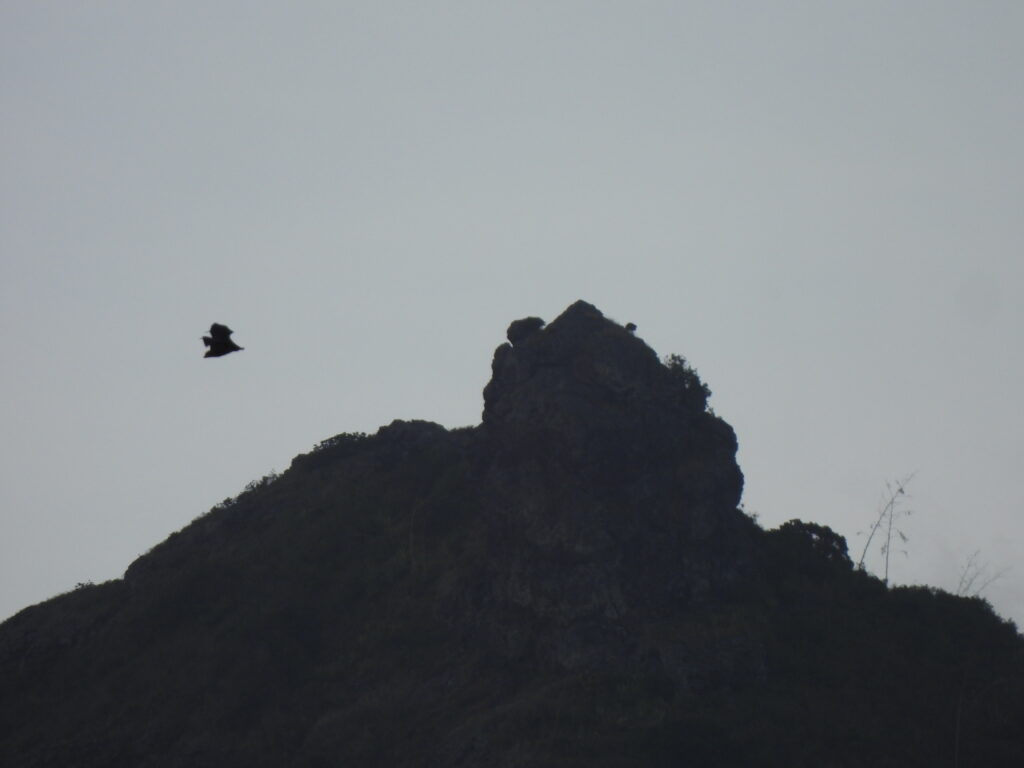
I got ready in five minutes and ran downstairs to the garden of the pier. More flying foxes flew in all directions over the city, unbelievable. The pavement of the waterfront had a number of birds looking for food scraps, all of them introduced from very distant places. Red fodies (Foudia madagascariensis) and Malagasy turtle-doves (Nesoenas picturatus) from Madagascar, common mynas (Acridotheres tristis) and red-whiskered bulbuls (Pycnonotus jocosus) from India, zebra doves (Geopelia striata) and spotted doves (Spilopelia chinensis) from southeast Asia, and house sparrow (Passer domesticus) and feral pigeon (Columba livia) from Eurasia ate crumbs in the floor and the flower pots of the garden.
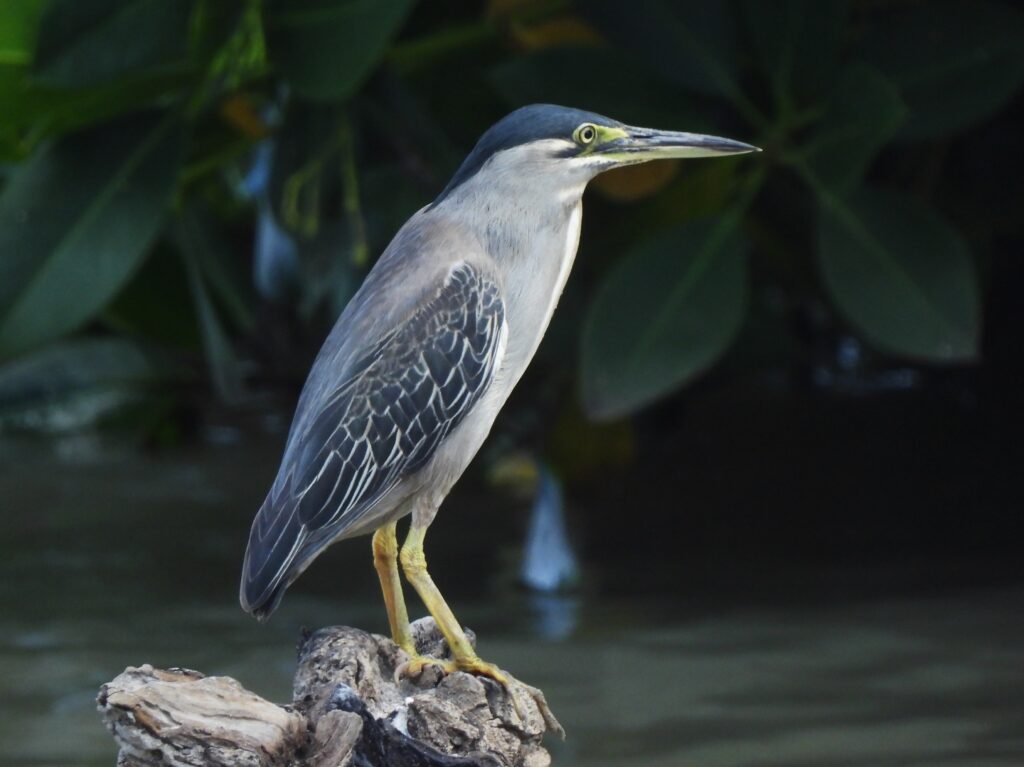
No one was around the waterfront at 05:30, only me and the birds. I noticed a solitary whimbrel (Numenius phaeopus) flying across, as well as a white-tailed tropicbird (Phaethon lepturus), an omnipresent species seen in good numbers when I visited the neighboring Reunion island despite this being my only sight of this pelagic species in Mauritius On the rocks bordering the roads of the city center side, a striated heron (Butorides striata) scoped for some fish.
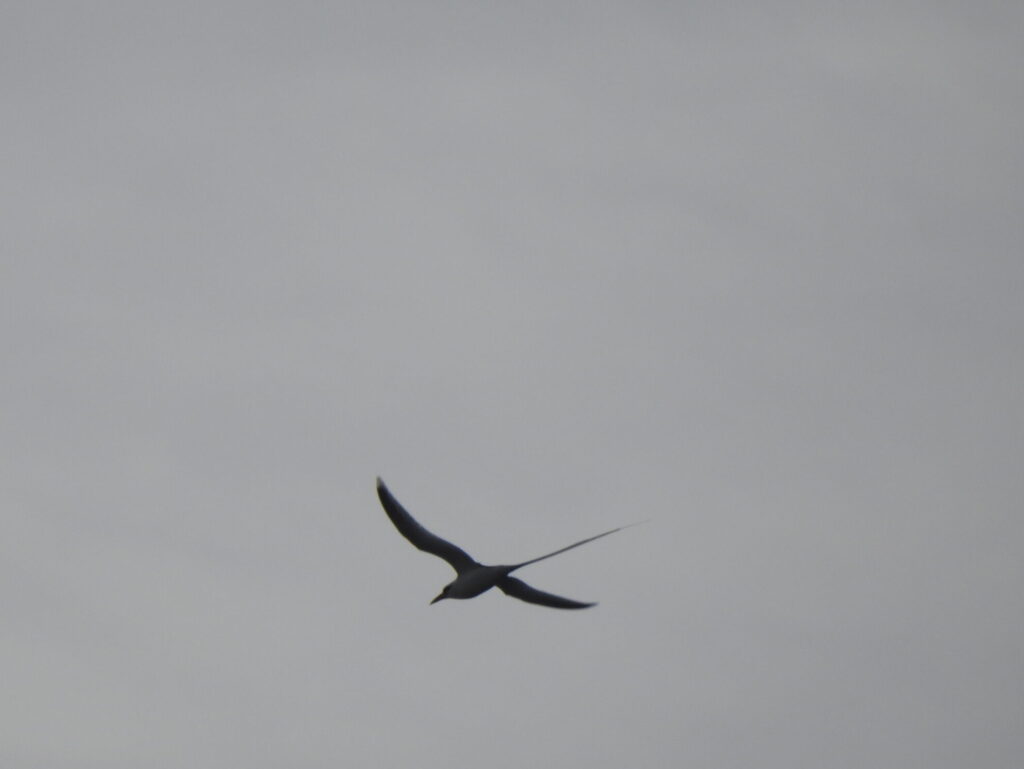
The regime of my stay at Hotel Labourdonnais allowed me to have breakfast, lunch and dinner at the hotel, and I planned my whole stay in the island accordingly. Hence, when I finished breakfast I grabbed my gear and walked across Port Louis towards the wetland at Rivulet Terre Rouge Estuary Bird Sanctuary (RTREBS). I did not have a rental car or a SIM card, so I made sure I had my maps downloaded. Although Port Louis, especially its harbor area, is perhaps not the most pedestrian-friendly place I can think of, I felt comfortable at all times and encountered hundreds of people walking the main roads of the city in all directions, commuting to work in all different kinds of outfits. However, there must be an easier way to reach RTREBS. I walked in and out several roads because of different fences on the waterfront. I lost some time walking purposelessly, although I managed to find some goodies on the way.
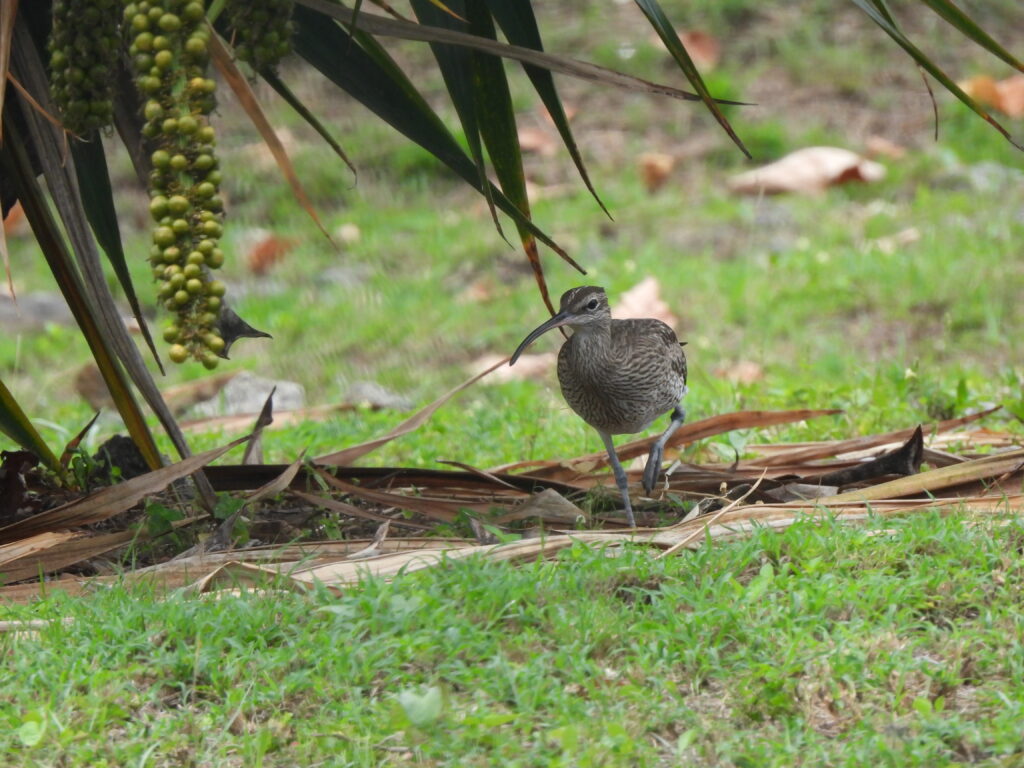
I eventually reached the wetland where the fence ends close to the ocean — no trespassing, just bordering. First, I entered the harbor area on a diversion to the left and bordered a stream. Over this spot I saw several Mascarene swiftlets (Aerodramus francicus), an endemic species shared with Reunion island. Then I continued north through the Port W Access road and cross a river. I turned left and walked the main road northwest — note that the checkpoints only stop cars, not pedestrians. House crows (Corvus splendens) were quite evident in the area.

Once in the large roundabout, I turned left again towards Port Louis to enter a neighborhood once the fencing ends. The area is quite picturesque with colorful houses and coconut trees but I must admit I felt all eyes on me as locals were probably not used to tourists walking such street. I walked the outermost road of the neighborhood past a football field and turned left to connect with the dirt road towards the ocean. The vegetation of the diversion point was full of butterflies and two gray francolins (Ortygornis pondicerianus) could also be seen. A rather long up north next to the fence bordering the mangrove already produced some great birds.
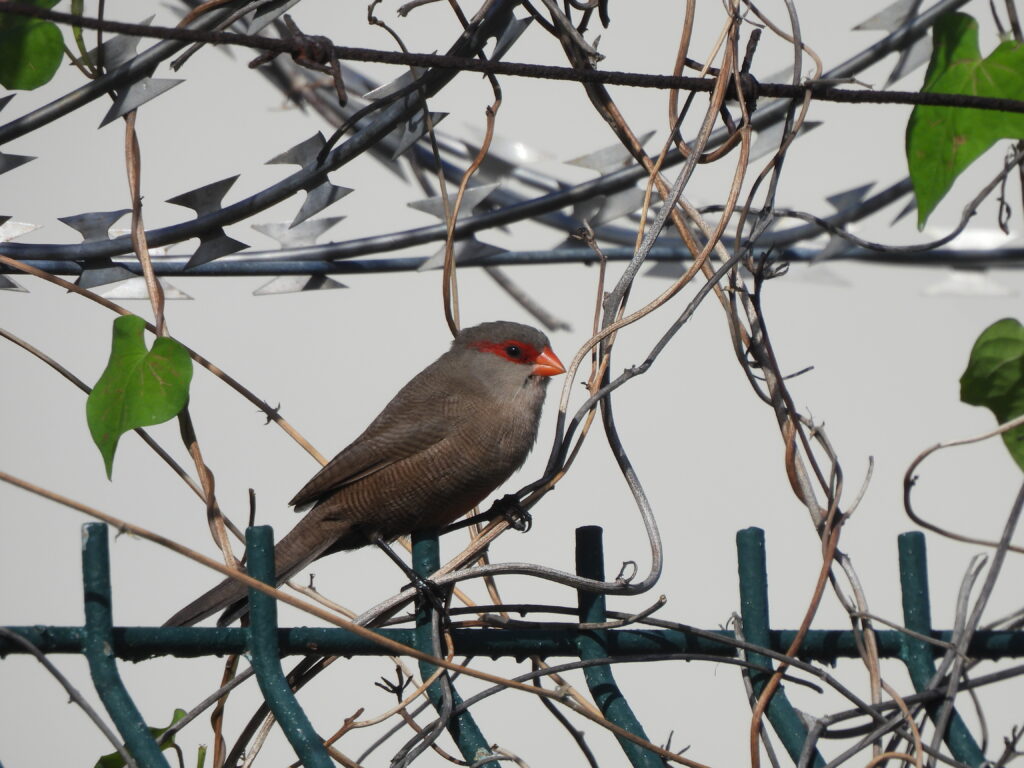
The dirt road is fenced on both sides. As it diverts from the neighborhood, a quick turn left was the spot where a flock of common waxbills (Estrilda astrild) and couples of scaly-breasted munia (Lonchura punctulata) and yellow-fronted canary (Crithagra mozambica) were seen — all of them introduced.

Walking the road towards the Ocean provided some vegetation clearings from which the mudflats could be seen at distance. Good numbers of black-bellied plovers (Pluvialis squatarola) and whimbrels ran back and forth. Before I knew I would be able to get to the other side of the fence with RTREBS, I made sure I connected with all the waders I could from afar. Common sandpiper (Actitis hypoleucos), greater sand-plovers (Anarhynchus leschenaultii) and Terek sandpipers (Xenus cinereus) also foraged in the mud and mangrove beaches — the two latest being exciting lifers back at the time.
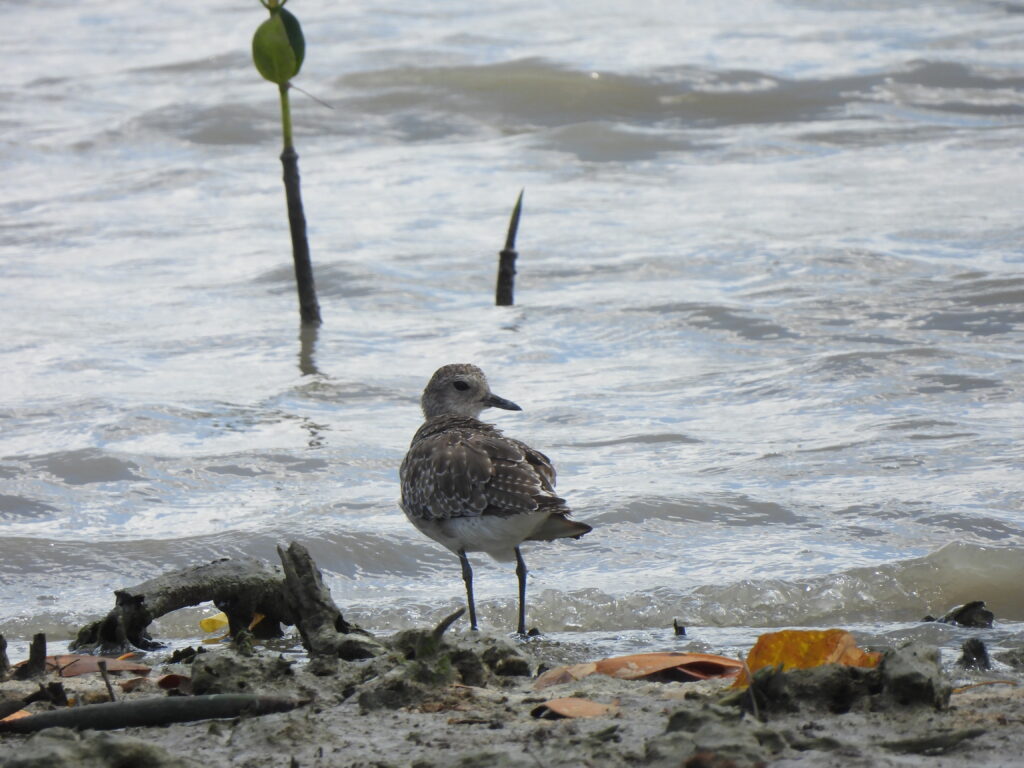
Close to the end of the road, the fence finally ends. At that point, the scene is spectacular as the Indian Ocean features gorgeous shades of electric blue. Motorbikes passing back and forth while I walked the road belonged to fishermen and locals visiting a small church. Around the church, a couple of house crows behaved inquisitively.
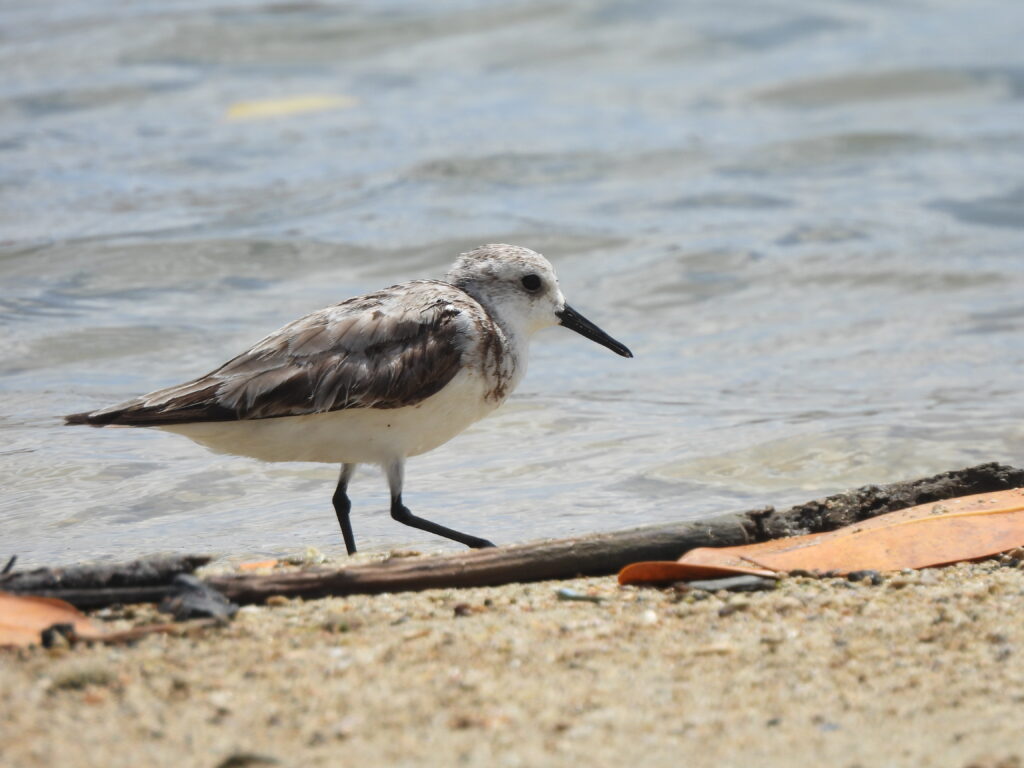
I approached the river mouth to enjoy the views, despite the shore was full of litter. Flocks of sanderlings (Calidris alba) and ruddy turnstones (Arenaria interpres) and some whimbrels were seen at very close range. On the other side of the river, a small group of curlew sandpipers (Calidris ferruginea) foraged in the mud. I then walked down again, but this time on the other side of the fence, for closer looks of the birds.

The birds obliged. I made it through the mangroves to a bird hide that was closed. The platform however allowed me to approach the birds without disturbing them. Good numbers of black-bellied plovers, whimbrels and greater sand-plovers probed the mud for preys — perhaps feeding on the thousands of fiddler crabs of the area.

After some waiting, a Terek sandpiper showed up again. The small size of these fantastic waders is quite striking: they have very short bright-yellow legs that make them look like funny walkers, and their curved-up bill is surely the signature of the species. Few individuals provided a good show for a while after all.
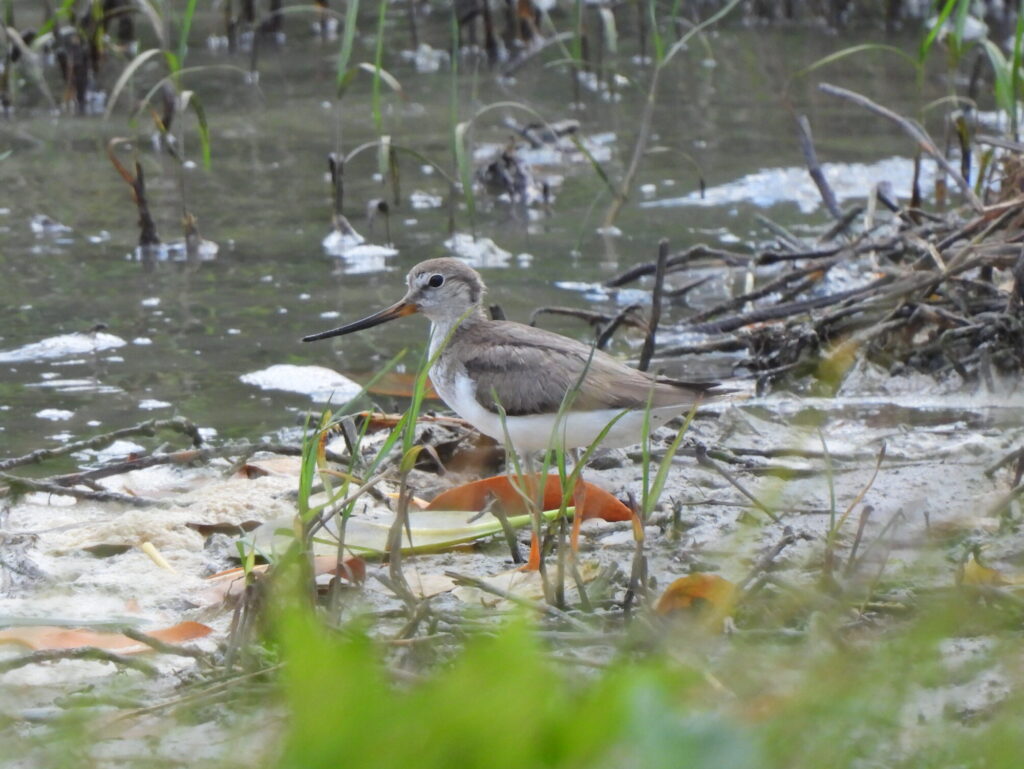
Once satisfied, I started the walk back as it got warmer later in the morning. The waders were somewhat less visible, which might have to do both with the temperatures and the tides. On the fence between RTREBS and the dirt road, a tiny warbler-like bird sitting on the creeping vines turned out to be a Mauritius gray white-eye (Zosterops mauritianus). Despite this being the most widespread of all the species endemic to the island, I did not expect to see on this part of the island as there are not many records in the capital region.
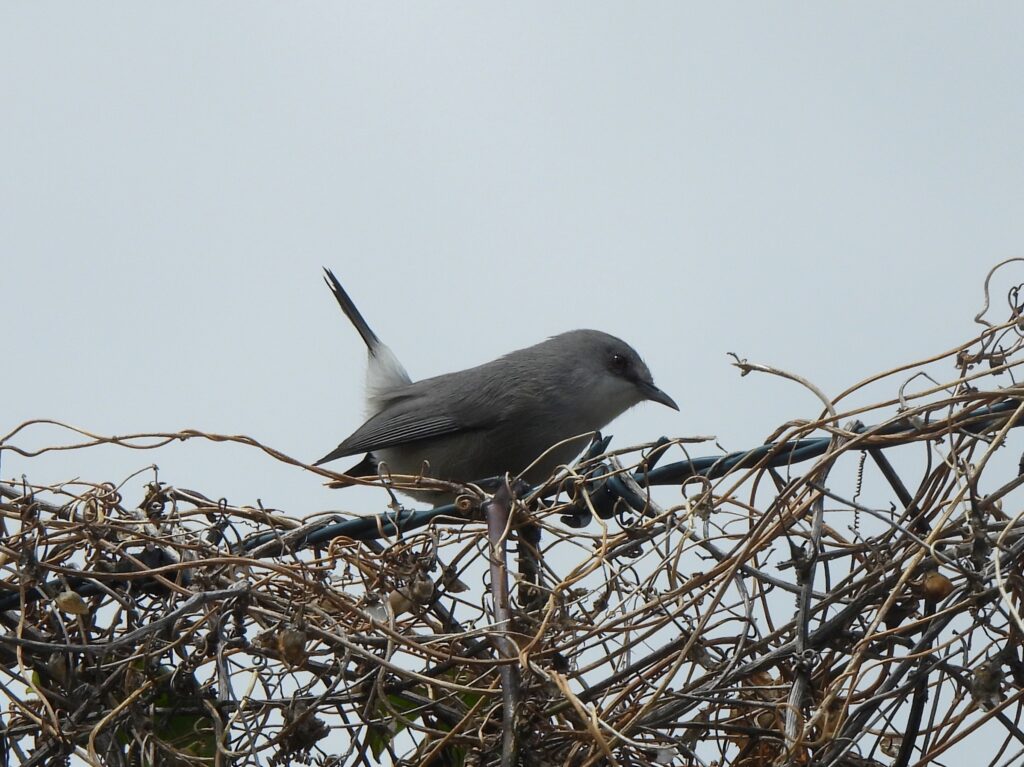
RTREBS is surely the best birdwatching spot in Port Louis and perhaps the best place to connect with waders in all Mauritius. However, I deployed an afternoon out town via a short bus ride to Flic-en-Flac, some 50 min away from the city center. This dreamy beach destination was home to numerous endemic Mauritius gray white-eyes (Zosterops mauritianus) which foraged on the Casuarina trees and other vegetation on the beach resorts. Indeed, these resorts are open and one can walk along the beach from one to the next. By doing so, I connected with extremely confiding Mascarene martins (Phedina borbonica) and an endemic blue-tailed day gecko (Phelsuma cepediana) on a Pandanus tree. Introduced village weavers (Ploceus cucullatus) were present on a small market in Flic-en-Flac main beach. But the highlight of Flic-en-Flac has to be the landscape.
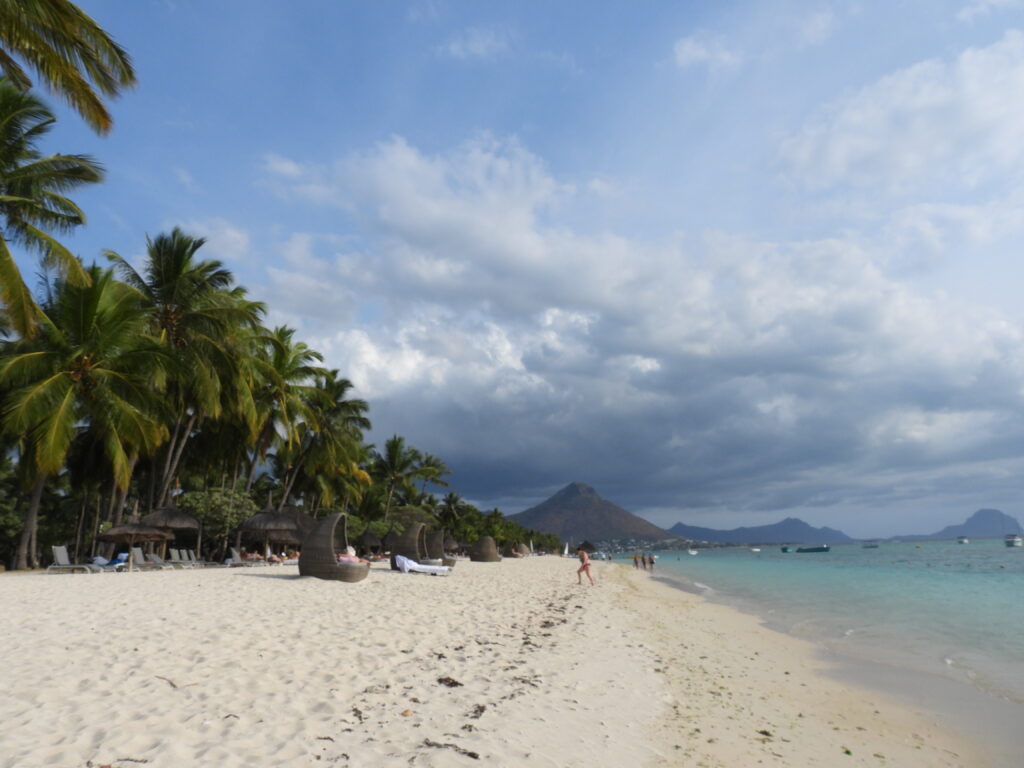
Only coming back from Flic-en-Flac did I figure out about the impressive colony of Mauritian flying foxes in an urban park of the city, as the bus drove past. I was late for my dinner time and I prepared to wake up early the following day for an outing to the extraordinary Île-aux-Aigrettes (read about it here), so I had to call it a day.
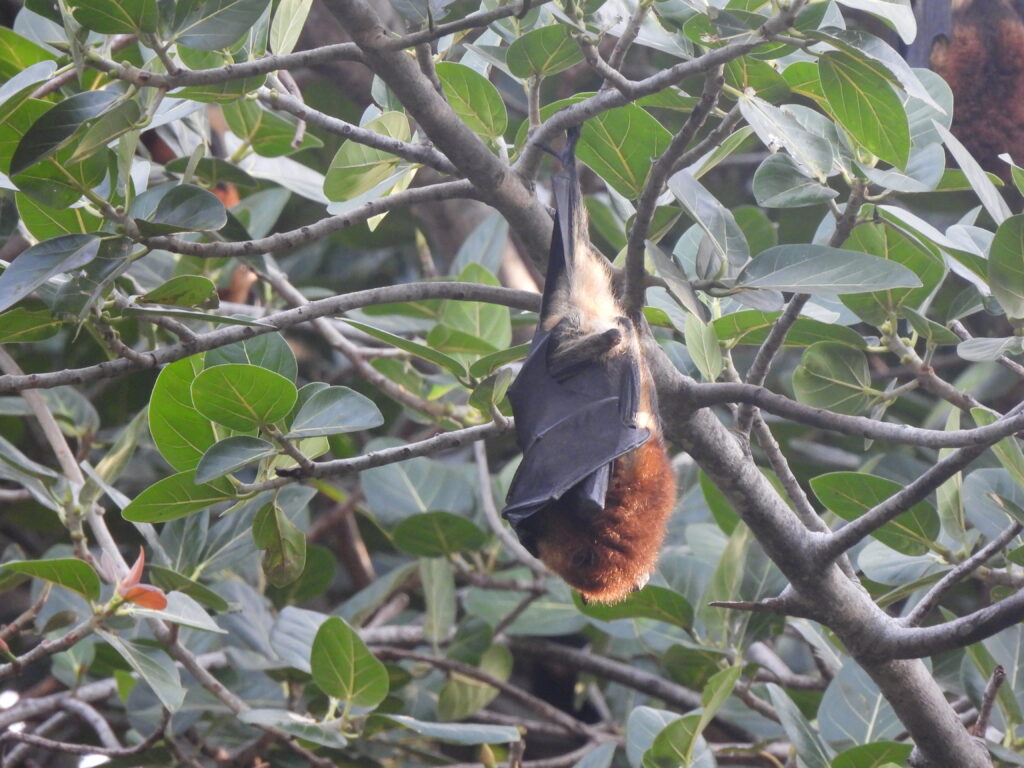
However, later in the trip I deployed some time to walk Les Jardins de la Compagnie, very close to the waterfront. The noise was deafening as I walked through the park in the morning. The thick, tall trees had dozens of flying foxes roosting and flying over the canopy, only to be seen from the road which was not covered by the trees. Different individuals flying back and forth, flapping their wings strongly when setting off, provided a show I enjoyed for a while, as that was the first time I had ever seen a flying fox.
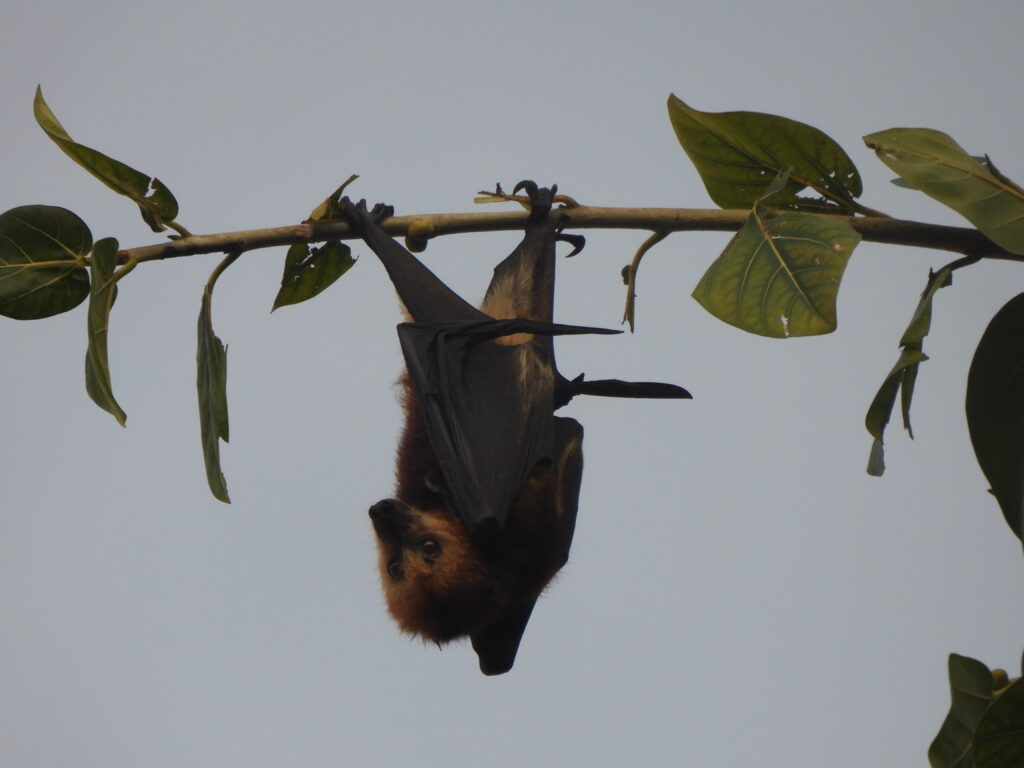
Even if RTREBS proved to be a fantastic place to spot migrant waders, flying foxes are definitely the signature animal of Port Louis. I wonder how do locals cope and what is the conservation status in the city like for this species, globally classified as endangered and already extirpated from Reunion. In any case, finding these massive bats integrated in the urban parks of the city is a show worth seeing.




